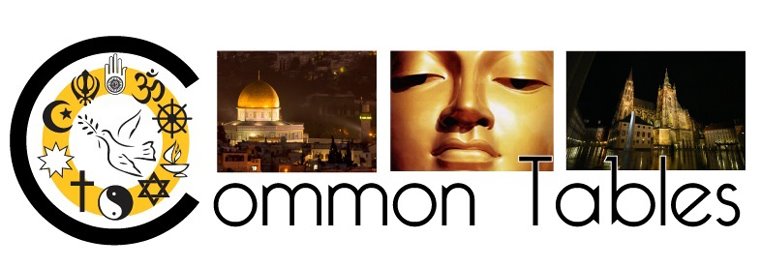Note: This article introduces a special section in Tricycle's Fall 2008 edition: "Bringing Up Buddhists." It looks to us like a fascinating section of articles . . . in fact, we're out the door to buy a copy as soon as I get this posted!Tricycle - The Buddhist Review
by
Mary Talbot
Of all the thousands of the Buddha's teachings, he directed a very few - three or four, depending on what you count - specifically to children. Considering the multitude and breadth of his suttas, it's hard to imagine why more weren't geared to kids: was it because following his path requires a mature mind and mature commitment? Or was it because Indian society twenty-six hundred years ago had the instruction of children firmly in household hand - if adult family members were following the Buddha, children would naturally absorb the lessons and culture of the dharma, too. Or perhaps - and this is a personal guess - it was because the Buddha's principal teaching to a child so perfectly encapsulated the dharma that little else needed to be said. Was he doing what the most effective parents and teachers do - paring down a complicated set of ideas to its most profound, most pressing - and illustrating the lesson in such a way that a child can connect it to his or her own life?
The child in question here was his own son, Rahula - Pali for "fetter" or "shackle." The Buddha is famous with Western practitioners for having abandoned his family on the day of his only child's birth - what kind of father would do such a thing? (We all know a few.) But in the Buddha's case, renunciation of fatherhood and royal existence represented his profound conviction that a lasting, unconditioned happiness could be found - and in leaving behind his family, the fetters on his emotional and spiritual life, he could ultimately give back to them the possibility of the same deathless happiness he would find for himself.
When Rahula was seven years old, he became his father's disciple and began his training as a monk. In a discourse that has come to be known as the "Rahula Sutta" (
Majjhima Nikaya 61), the Buddha instructed his young son with the seeds of some of his most important teachings. He started out by stressing the magnitude of being truthful - implying that if Rahula wanted to find the truth, he would first have to be truthful to himself. He then talked about using one's actions as a mirror. Before you do anything, he told Rahula, ask yourself:
Is what I intend to do here skillful or unskillful? Will it lead to well-being or harm? If it looks harmful, don't do it. If it looks okay, go ahead and give it a try. While doing it, though, ask the same questions. If it turns out that it's causing harm, stop. If not, continue with it. Then after you've done it, ask the same questions -
Did it bring about well-being or harm? If you see that what originally looked okay actually ended up being harmful, talk it over with someone else on the path and resolve never to make that mistake again. But if, as the Buddha put it, "on reflection [of a bodily, verbal, or mental action], you know that it did not lead to affliction...it was a skillful action with pleasant consequences, pleasant results, then you should stay mentally refreshed and joyful, training day and night in skillful mental qualities."
Read the Entire Article


